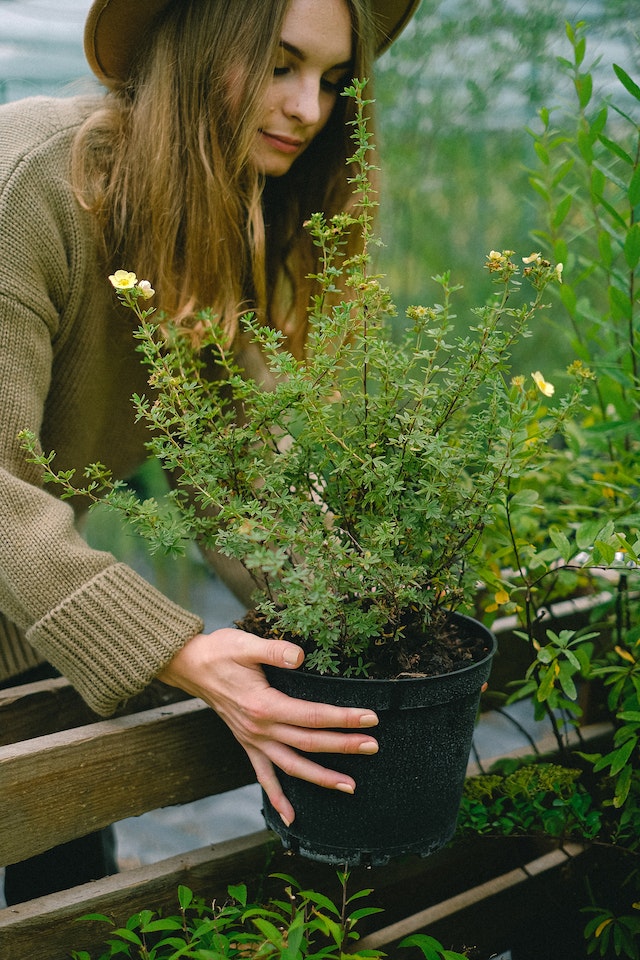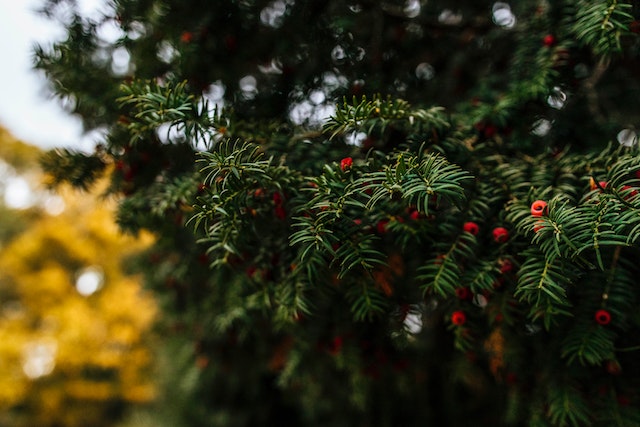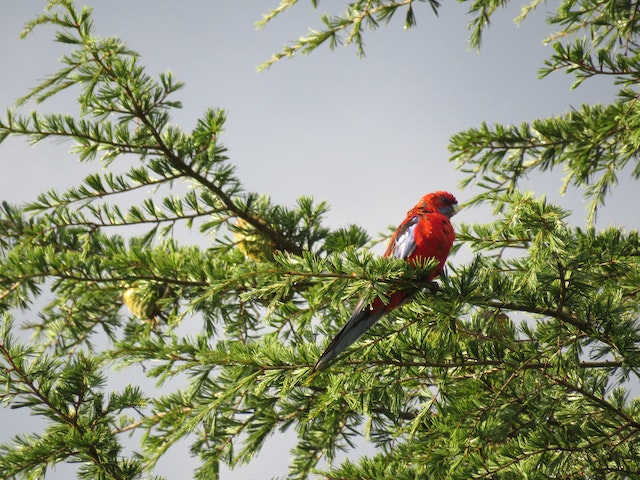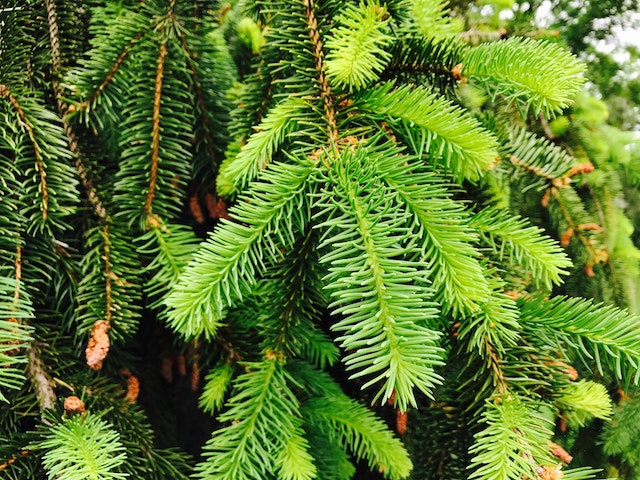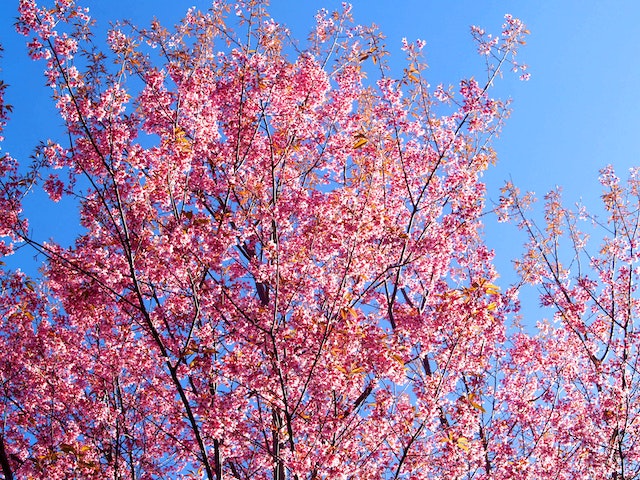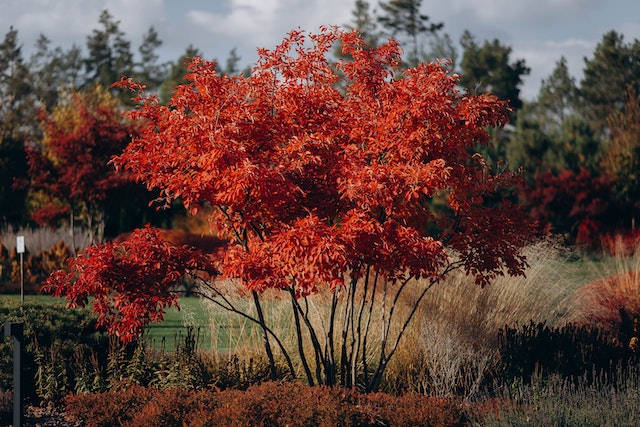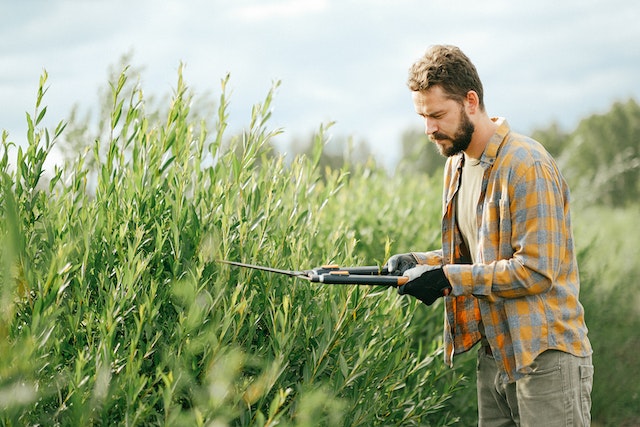What to look for
Always examine the tree thoroughly. Reject any trees that are diseased or are covered with some pest. Never buy a plant that is damaged. If the plant is pot-bound, i.e., the roots go round and round in a tight mass inside the pot, again reject it. Bare-root plants should not be desiccated and the roots should not be damaged.
Look for a plant that has a well-balanced structure and a healthy appearance. Avoid buying trees that have too much growth on them as these can be slow to establish. There is a balance between the amount of root and the amount of top growth it can support. In a nursery, trees have been intensively nurtured. Once planted out they have to fend for themselves to certain extent and too much top growth during the initial stages will cause problems.
Most trees offered for sale will be one or more years old. The older, the more expensive, but they should be at least partially trained. Such a tree will not be too difficult to establish. A one-year-old is cheaper and easy to establish but takes longer to mature, but at least you can be in full control of its development and shape.
Be careful how you get your tree home. Damage can easily occur if you have a tall sapling sticking out of your sunroof, or if it is carelessly handled. Keep the tree in a cool spot prior to planting and water it well to make sure it does not dry out.
